The Haanjo 3 Erases the Line Between Gravel and Pavement
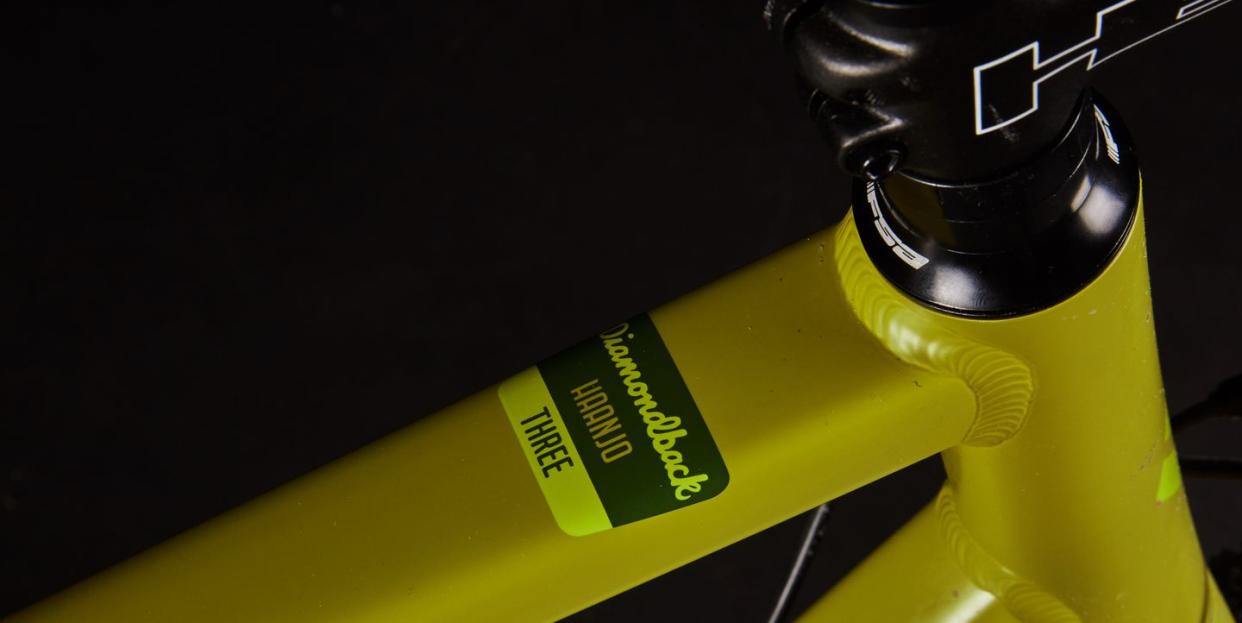
The Takeaway: With a Shimano Sora 2x9 drivetrain, an aluminum frame and fork, flat-mount disc brakes, and WTB Riddler tires, the Haanjo 3 excels on both pavement and dirt.
Has some performance and feel of Diamondback’s cross bike, the Steilacoom
Thru-axles can add hundreds to the price, so this one has quick-releases
Flat-mount mechanical disc brakes look great and work great for the price
Price: $1,000
Weight: 23.8 lb. (59cm)
Buy Now More Images
I grew up in a cycling-mad family immersed in all things bike. Among my growing fleet: a road bike, a mountain bike, a ’cross bike, a bike fit for doing tricks, and the one that could get me to the end of my mile-long dirt lane the fastest. I was starting to see the benefits of having the right bike for every scenario. Still, it didn’t stop me from taking my road bike on some questionable terrain—singletrack, gravel, even the pump track.
But that was then. Today, not only are there different types of bikes designed for different kinds of riding, there is also a growing class of bikes that can tackle the jobs of many. The Diamondback Haanjo 3 is that kind of bike.
5 Things We Love About the Haanjo 3
For a thousand bucks, you get an aluminum frame and fork, 700c wheels, and 37mm-wide WTB Riddler tires with a low-profile center tread and higher cornering knobs, meaning you can tackle gravel rides and cyclocross courses but still keep up on casual road rides. A Shimano Sora 2x9 drivetrain with an 11-32 cassette and 46/30 chainrings—a notch above the Shimano Claris 8-speed groupset often found on bikes at this price—provides a large range of gears on both the high and low end. The 46x11 combo lets you pedal downhill and pick up the pace on flats, and the 30x32 is easy enough to help you get up and over just about any hill.
Diamondback Haanjo 3 Details
Style: Gravel
Drivetrain: Shimano Sora 9-speed
Material: Aluminum
Tire clearance: 700x45mm, 650x2.1 in
Right bike for: Riders looking for one bike to do a little bit of everything
A 47cm-wide drop bar with a 12-degree flare and the frame’s short reach (375mm on my 59cm test bike) help the Haanjo 3 retain the performance, steering, and handling of the company’s Steilacoom cyclocross model from which it is derived, says Michael Brown, vice president of product development at Diamondback. But with a taller stack (627mm) and a higher bar, the Haanjo 3 puts you in a more upright position, closer to that of an endurance bike. The result is a snappy and responsive ride that’s comfortable for both quick commutes and longer days in the saddle.
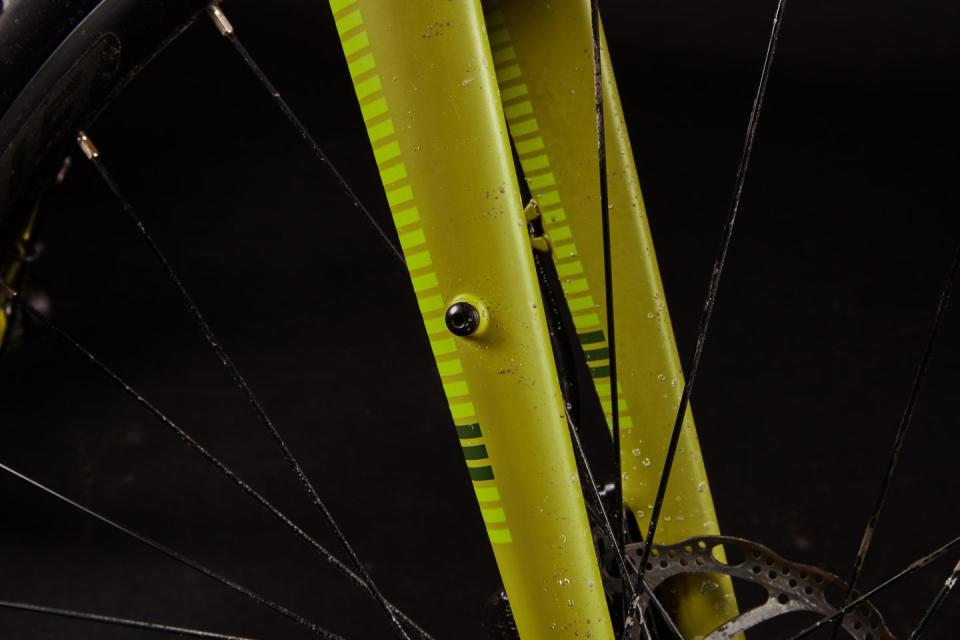
For even longer ones, like those that span the weekend, the Haanjo’s roomy main triangle can accommodate a frame bag, and there are mounts for fenders, bottles, and racks.
This smartly equipped bike doesn’t come in a penny under a grand by accident. Every part of it was purposefully selected to keep the price down. A few examples: It uses quick releases instead of thru-axles, a $300 savings, says Joe Parietti, product manager at Diamondback. It comes with an alloy fork, which costs and weighs less than the carbon-bladed forks that are offered on other bikes at this price. Using an air-heating process called SPF, which constructs the fork legs as one piece, creates a better-handling fork with the same damping characteristics as carbon fork legs that cost more, according to Parietti. The bike also comes with flat-mount mechanical disc brakes rather than the more expensive hydraulic version, and Diamondback-branded bar tape, rims, and saddle.
There may never be one bike that can do it all for every rider. But there are bikes that are smartly designed to do many things really well. With a high stack, short reach, super-wide bar, 2x drivetrain, 700c wheels, loads of tire clearance (up to 45mm), a lightweight aluminum frame and fork, and just enough frame mounts to add a little utility, the Haanjo 3 is a thousand-dollar mix of features that excel on both pavement and dirt.
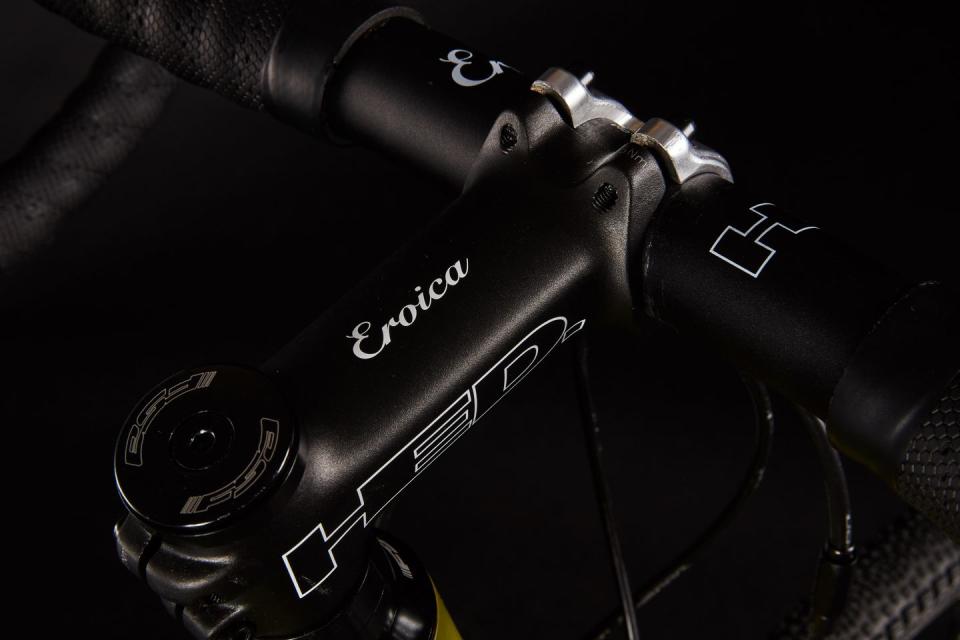
Haanjo Family
The Haanjo family is large and covers a wide range of prices. The Haanjo 7C Carbon ($2,700) features a carbon frame, mechanical Shimano Ultegra components and hydraulic disc brakes. The Haanjo 5C EXP Carbon ($2,000) also has a carbon frame, Shimano XT components, and 650b wheels. The Haanjo 4 ($2,000) drops the carbon frame in favor of an aluminum one, and features mechanical Ultegra components and hydraulic disc brakes. The Haanjo 2 ($800) utilizes Shimano Claris 8-speed components and mechanical disc brakes, and the Haanjo 1 ($600) is a flat-bar bike with a 9-speed drivetrain.
Why Thru-Axles Would Add $300 to the Bike’s Price
Thru-axles are CNC-machined and made of high-quality alloys for strength and weight. Quick releases are mass-produced and mostly steel, so they cost less. But it’s not just the axles, says Michael Brown, VP of product development at Diamondback. Most thru-axle hubs have sealed bearings, another expense. Finally, frames with dropouts that accommodate thru-axles are more costly to produce, says Brown. Total the cost of all of the above and, yeah, an upgrade seemingly as minor as thru-axles really does add a whopping amount to the price of a bike.
Shimano Sora 2x9-Speed Vs. 1x
The Shimano Sora 9-speed drivetrain, with 46/30 chainrings and an 11-32 cassette, is the star of this show. While many gravel bikes have 1x drivetrains, it’s refreshing to see two chainrings on this bike. While a 1x gives you simple shifting, easier maintenance, and allows for extra tire clearance in the frame, there are limits. Most wide-range cassettes, like the ones you’ll find on gravel bikes, have big jumps between gears. If you ride your gravel bike on the road, or race it anywhere, a 1x might leave you longing for more gear options to help smooth out your pedal cadence. The extra chainring on a 2x, however, gives you more gears to shift through, minimizing the jumps between them. That can make it easier to find the right one.
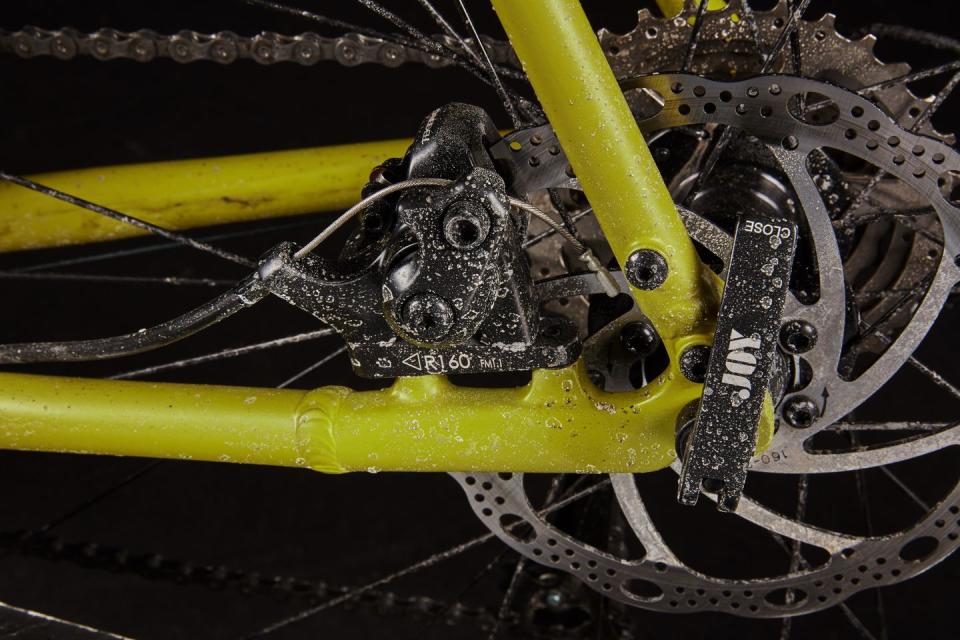
Short, Tall, and Wide
The first thing you’ll notice about the Haanjo 3 is that it’s really tall and very short. The reach on my size 59cm test bike is only 375mm, which is short even by gravel bike standards. The notoriously short Salsa Journeyman is a touch longer at 379mm. However, the short reach on the Haanjo is offset by a very wide handlebar—47cm center to center at the hoods, with a 12-degree flare that makes the total width between the drops 51cm.
The stack height is also at the upper end of the spectrum. At 627mm, it’s 3mm taller than the Salsa and identical to the Trek 920. However, it’s eclipsed by the extremely tall, 660mm Kona Libre. It’s worth noting that, despite the very tall stack height, this bike doesn’t handle like your bar is high up in the air. The steering is noticeably sharper than you might expect from such a tall, drop-bar bike.
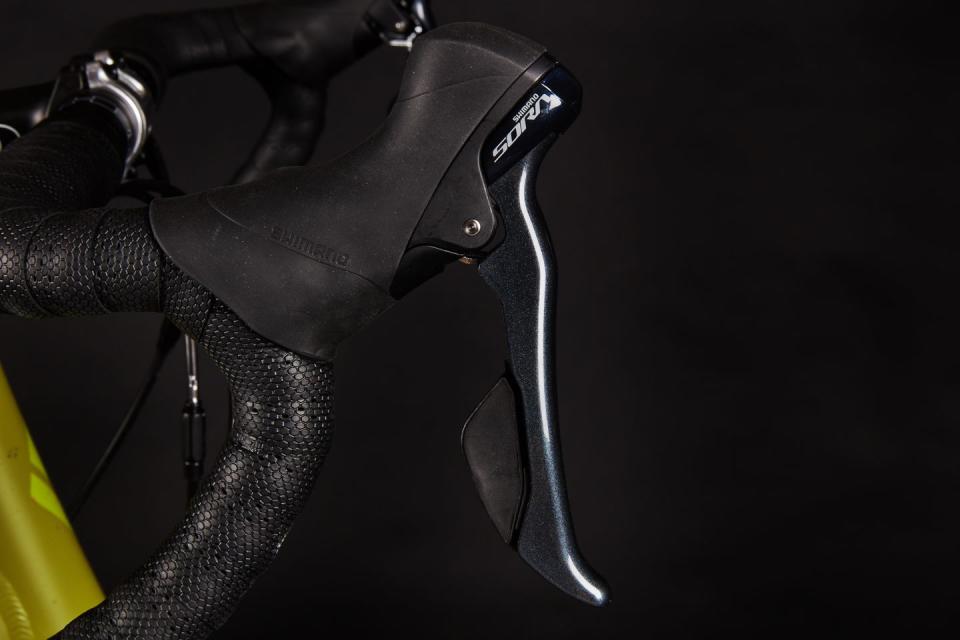
A Surprisingly Fun Yet Capable Ride
To say that I was skeptical about how a 24-pound gravel bike (disclaimer: I’m a weight weenie) could be both fun on the road, capable on the dirt, and viable as the one bike you need to own would be an understatement. Conversely, to say that I was shocked at how much I enjoyed riding this bike would also be an understatement and has me reconsidering my obsession with needing only the lightest bikes. Whereas a lot of gravel bikes, especially taller and shorter models, can feel a little clumsy and out of place on the road, the Haanjo 3 is very pleasant on the pavement. The fat tires gave it a soft, forgiving ride, and despite the knobs on the tires I was able to comfortably ride with a group of friends who were on road bikes. Cornering at speed was also a nice surprise. I wasn’t smashing corners and dropping people off my wheel in the turns, but at casual road-riding speed I could handle the curves of the road as they came, without excessively slowing down to accommodate an awkwardly high position or soft, squishy tires.
Even the insanely wide bar felt great. I expected it to feel a little funny, even a little awkward. But in all honesty I finished my first ride not only happy I got out of road racing before the narrow bar craze took hold, but also thinking that maybe the 44s I have on my personal bike are a touch narrow. I felt comfortable and stable in the hoods, and the wide grip on the tops felt wonderful for seated climbs. Even the wider drops gave a feeling of more control on twisty descents, instead of feeling like I was driving a truck.
You Might Also Like

